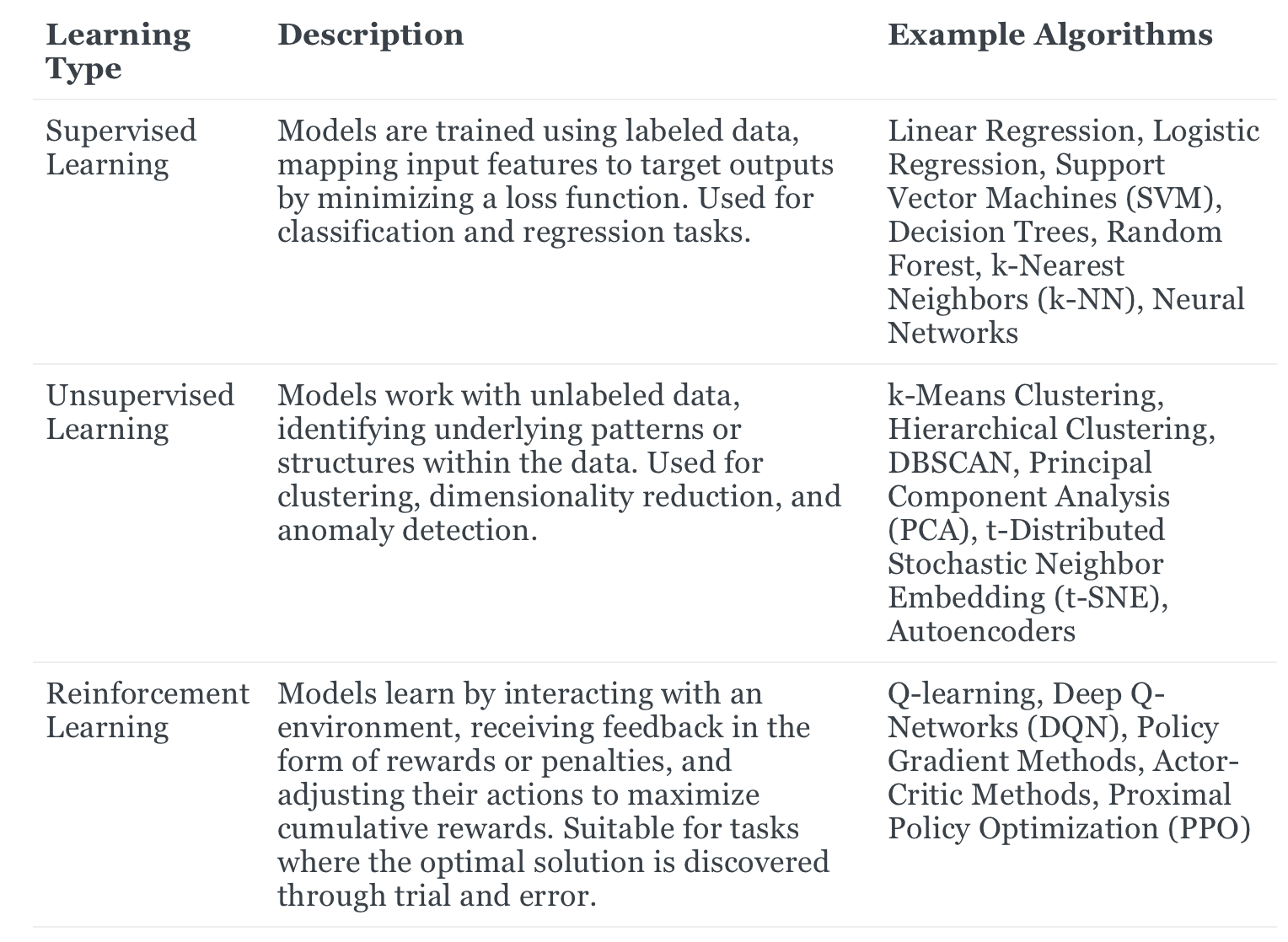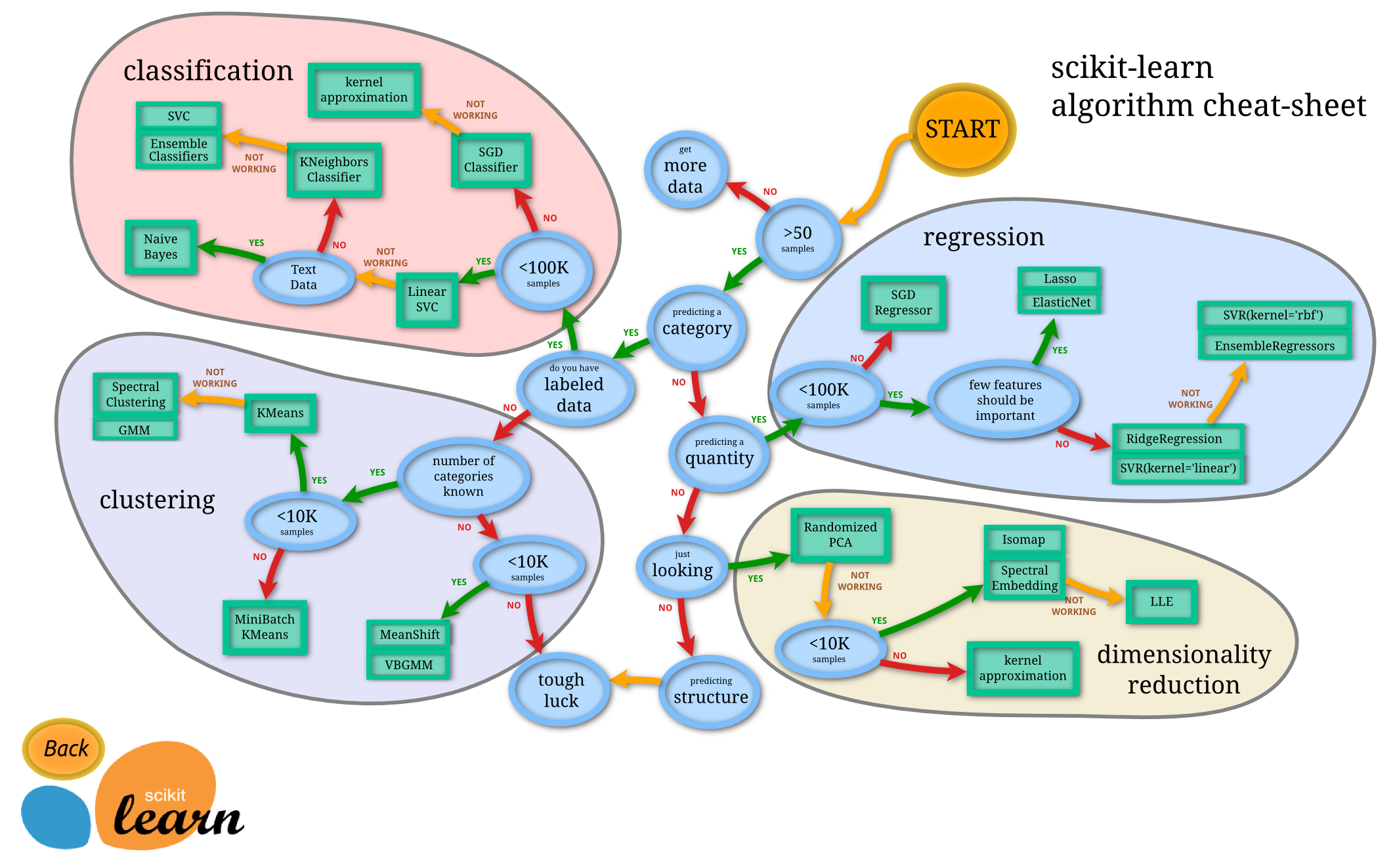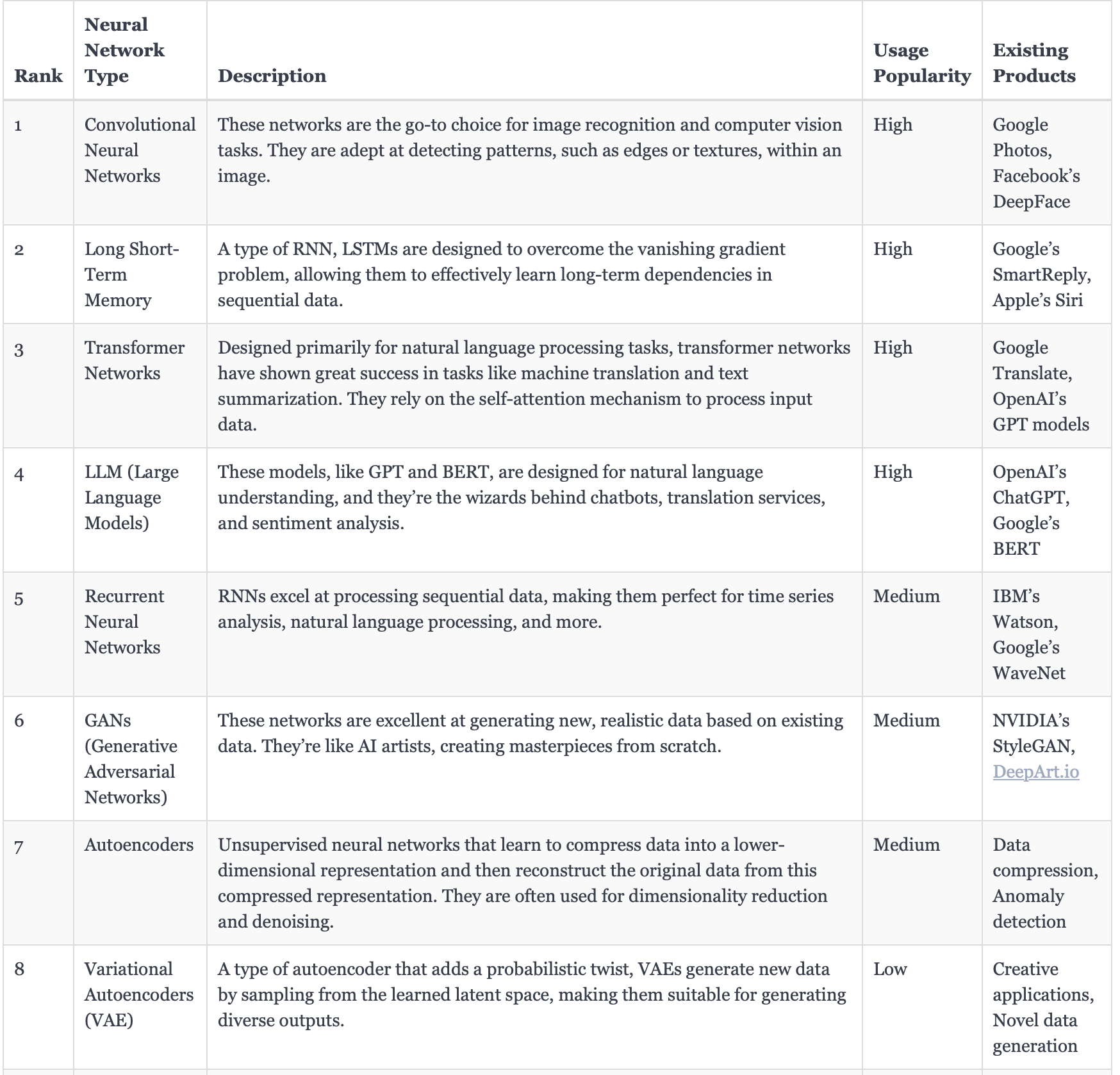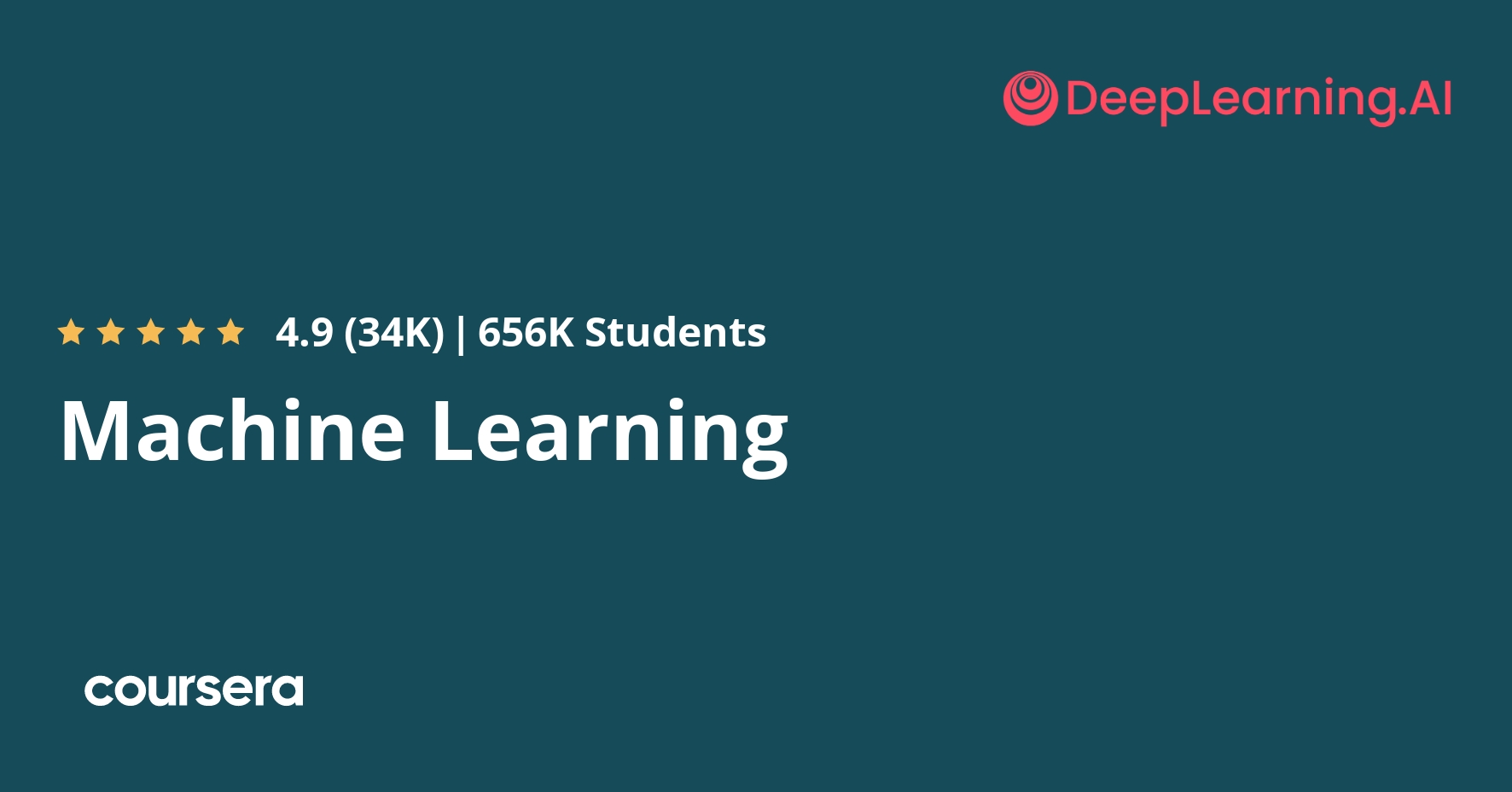Disclaimer
It's been a while since I've written an article here. I decided to do something different for this article. ChatGPT release broke the internet! it's the biggest thing that happened since the Internet itself. It's an exciting time to be alive! The article you're about to read was written with the help of ChatGPT4. I wanted to see for myself how well it can do this task. Basically, AI is teaching you about AI! I have to say I was impressed! After a few iterations, it generated what you're about to read with some edits from me. I'll let you be the judge of it! leave a comment below did you like the article?
Introduction
Get ready to step into the fascinating world of machine learning and artificial intelligence! In today's fast-paced digital era, these powerful technologies have become the ultimate game-changers, revolutionizing industries and solving complex problems that once seemed impossible. But what if we told you that understanding and leveraging machine learning is not as daunting as it sounds? Buckle up, because we're about to dive into the types of machine learning models, algorithms, libraries, and neural networks that will help you become the AI whisperer you've always dreamt of being!
Types of Machine Learning Models
Before we unleash the power of AI, let's first explore the three primary types of machine learning models

When to Use Shallow Models vs. Deep Learning Models
While deep learning models, like neural networks, can be incredibly powerful, they may not always be the best choice for your specific problem. Shallow models, such as logistic regression or decision trees, can often provide accurate results more quickly and with less computational power. So, when should you go shallow, and when should you dive deep?
- Choose shallow models when your dataset is relatively small, or you have limited computational resources. These models can be faster to train and predict faster and often yield satisfactory results.
- Opt for deep learning models when working with large datasets or complex problems that require advanced pattern recognition. While they can be resource-intensive, and slower to predict, the resulting model may significantly outperform shallow models in certain scenarios.
Guiding You Through the Algorithm Jungle
Now that you know the types of models, let's discuss how to select the right algorithm based on the problem you're trying to solve. Although we'd love to provide you with a magic formula, the truth is that choosing the right algorithm requires experimentation and tweaking. But fear not, young padawan! We have a handy flowchart here prepared by sci-kit learn library to help you narrow down your options and guide you in the right direction when looking at shallow model options

Neural Networks Unleashed
As you journey into the world of AI, you'll encounter various types of neural networks, each designed to solve specific problems here are 10 of them at a high level, I recommend you read more on each depending on your need. The table below is ranked by the popularity of the NN(Neural Network) architecture and includes existing products on the market that you can relate to

These are just some of the many neural network architectures available for tackling a wide range of AI challenges. As you delve deeper into deep learning, you'll discover even more specialized models tailored to your specific needs.
Top Libraries and Their Use Cases
Feeling overwhelmed with all the available libraries? Worry not! Here's a list of the top machine-learning libraries and when to use them:
- Scikit-learn: Perfect for beginners and experts alike, scikit-learn is your go-to library for classic machine learning tasks like classification, regression, and clustering. It's easy to use and boasts a wide range of algorithms.
- TensorFlow: Developed by Google, TensorFlow is designed for deep learning tasks and supports neural networks. If you're looking to build a powerful AI model with advanced capabilities, TensorFlow is your best bet.
- PyTorch: Created by Facebook, PyTorch offers a flexible and dynamic approach to deep learning, making it perfect for research and experimentation. It's a great choice if you want to dive deep into neural networks and explore their potential.
An Example to Get You Started
We know you're itching to start building your own AI model, so here's a simple example using scikit-learn to create a logistic regression classifier for images of cats:
import numpy as np
from sklearn.linear_model import LogisticRegression
from sklearn.model_selection import train_test_split
from sklearn.metrics import accuracy_score
from sklearn.datasets import fetch_openml
# Load the cat dataset
data = fetch_openml('Cats')
X, y = data['data'], data['target']
# Split the dataset into training and test sets
X_train, X_test, y_train, y_test = train_test_split(X, y, test_size=0.2, random_state=42)
# Create and train the logistic regression classifier
clf = LogisticRegression(random_state=42)
clf.fit(X_train, y_train)
# Make predictions on the test set
y_pred = clf.predict(X_test)
# Calculate and print the accuracy score
accuracy = accuracy_score(y_test, y_pred)
print("Accuracy:", accuracy)
Next Steps
Congratulations! You've just taken your first steps into the enchanting world of machine learning and artificial intelligence. By now, you should have a basic understanding of machine learning models, algorithms, libraries, and neural networks. But remember, young padawan, the learning never stops! To further sharpen your AI skills, consider diving deeper into specific algorithms, experimenting with different neural network architectures, and tackling real-world projects.
While the journey may seem challenging at times, always remember that with the power of AI, you can achieve greatness and solve even the most complex problems. So go forth, intrepid explorer, and may the force of machine learning be with you!
Here are some resources I highly recommend to jump start your learning and potentially your career in AI
This course focuses on shallow learning algorithms like Logistic regression and decision trees

This specialization is a long deep dive into deep learning

This is a podcast that covers all aspects of ML and refers to many useful books and courses as you go through it, a great quick free way to learn more about this topic





